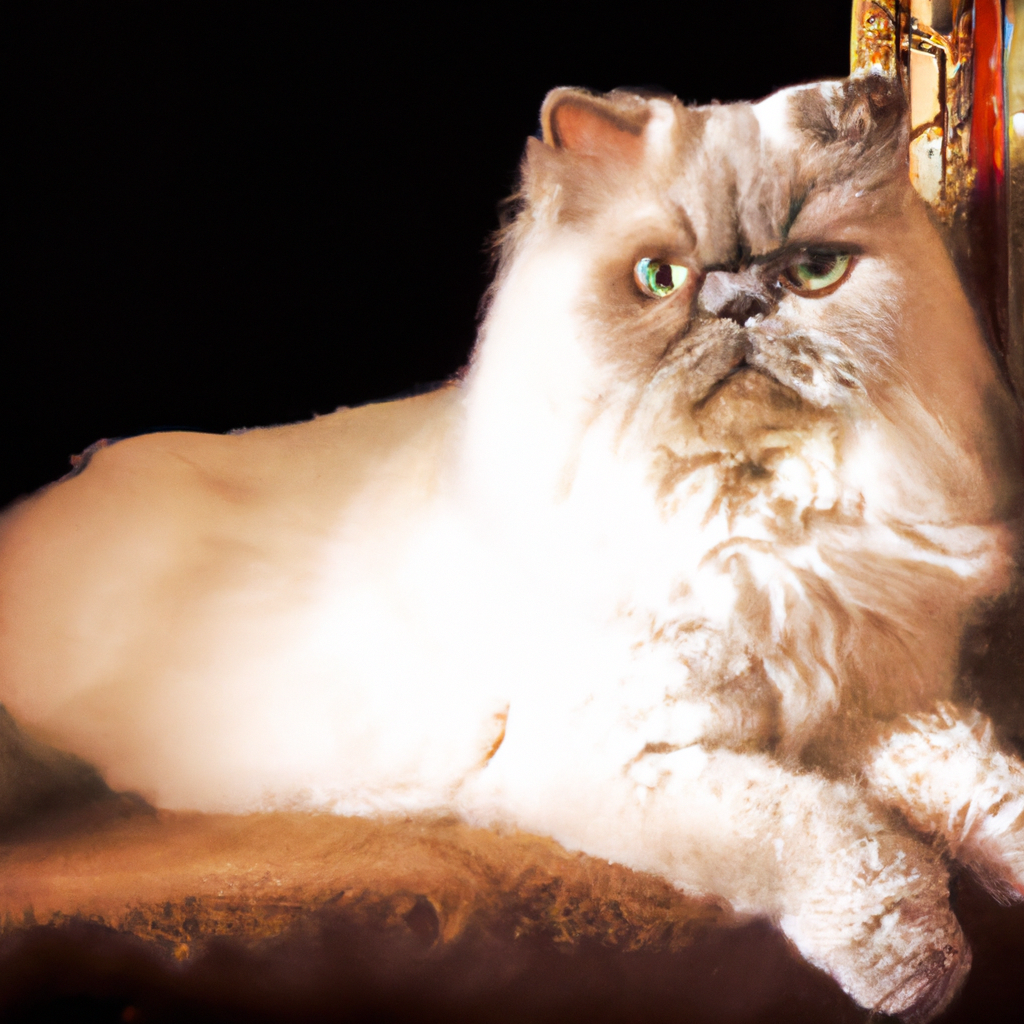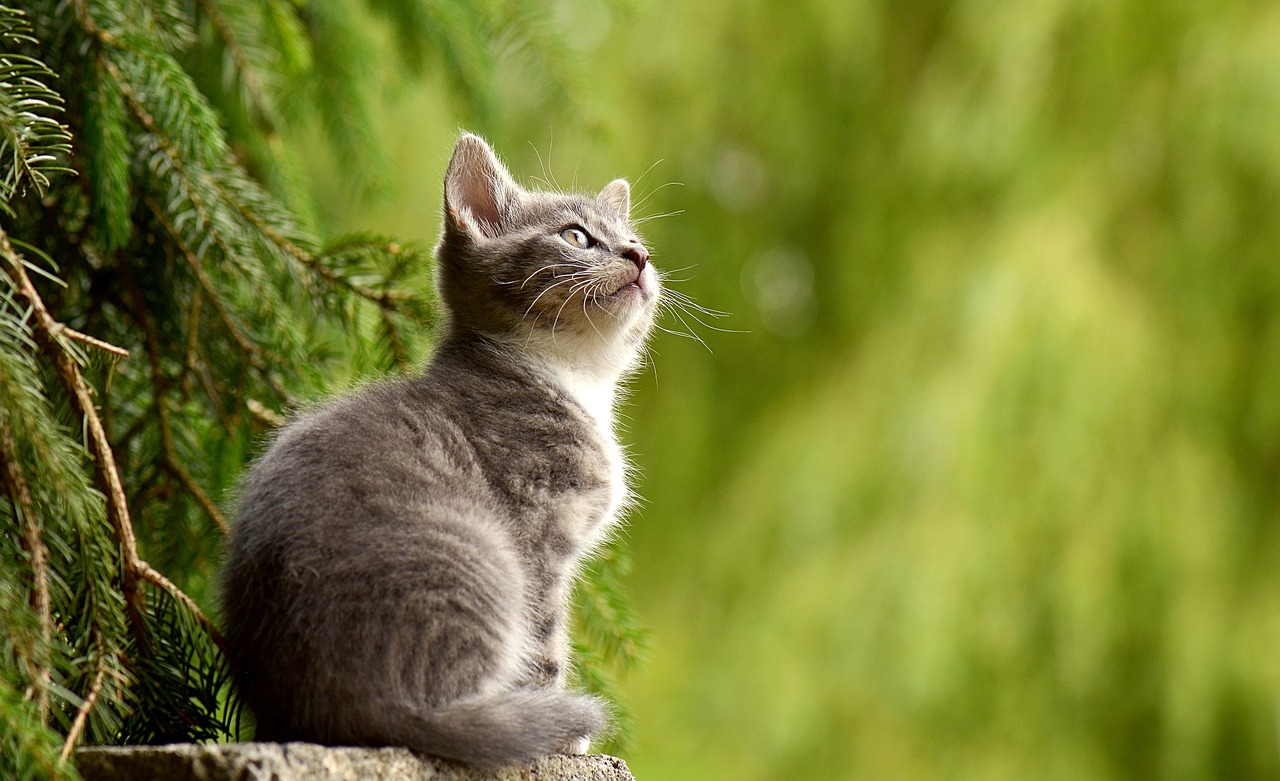Are you thinking about adding a Persian cat to your family? With their luxurious long coats and captivating personalities, Persian cats are a popular choice among cat lovers. However, choosing the right Persian cat for your home can be a daunting task. In this article, we will explore the different factors you should consider before bringing home a Persian cat, including their grooming needs, temperament, and health considerations. By the end, you will be well-equipped to make a well-informed decision and find the perfect companion to bring joy and happiness into your life.
Grooming Needs
Coat length
The Persian cat breed is known for its long and luxurious coat. Their fur tends to be thick and flowing, requiring regular grooming to keep it in top condition. The length of a Persian cat’s coat can vary, with some having shorter coats known as “doll faces” and others having longer coats called “traditional Persians.” It’s important to note that the longer the coat, the more maintenance it requires.
Brushing requirements
To keep your Persian cat’s coat looking its best, regular brushing is essential. Daily brushing is recommended, especially for cats with longer coats, to prevent matting and tangles. A good quality brush or comb designed for long-haired cats will help to remove loose hair, prevent matting, and keep their fur shiny and healthy.
Bathing frequency
Persian cats are generally not big fans of water, so bathing them can be a challenging task. However, regular baths are necessary to keep their fur clean and free from oils and dust. It is advised to bathe a Persian cat every 4-6 weeks, using a mild cat shampoo and warm water. It’s important to make sure they are properly dried afterward to avoid any dampness that could lead to skin issues.
Eye care
One distinctive feature of Persian cats is their large and expressive eyes. However, their flat faces can sometimes lead to eye-related problems. To ensure proper eye health, it is important to regularly check and clean their eyes. Using a specialized eye wipe or a damp cloth, gently wipe away any discharge or debris that may accumulate around the eye area. If you notice any excessive tearing or signs of discomfort, it is best to consult a veterinarian.
Size and Weight
Average size
Persian cats are known for their compact and stocky build. On average, adult Persians typically measure around 10-15 inches in height from the shoulders to the base of the tail. The length of their bodies, excluding the tail, is usually around 18-22 inches.
Average weight
When it comes to weight, Persian cats are considered medium to large-sized cats. The average weight of an adult Persian cat can range from 8 to 12 pounds, with males usually being slightly larger and heavier than females.
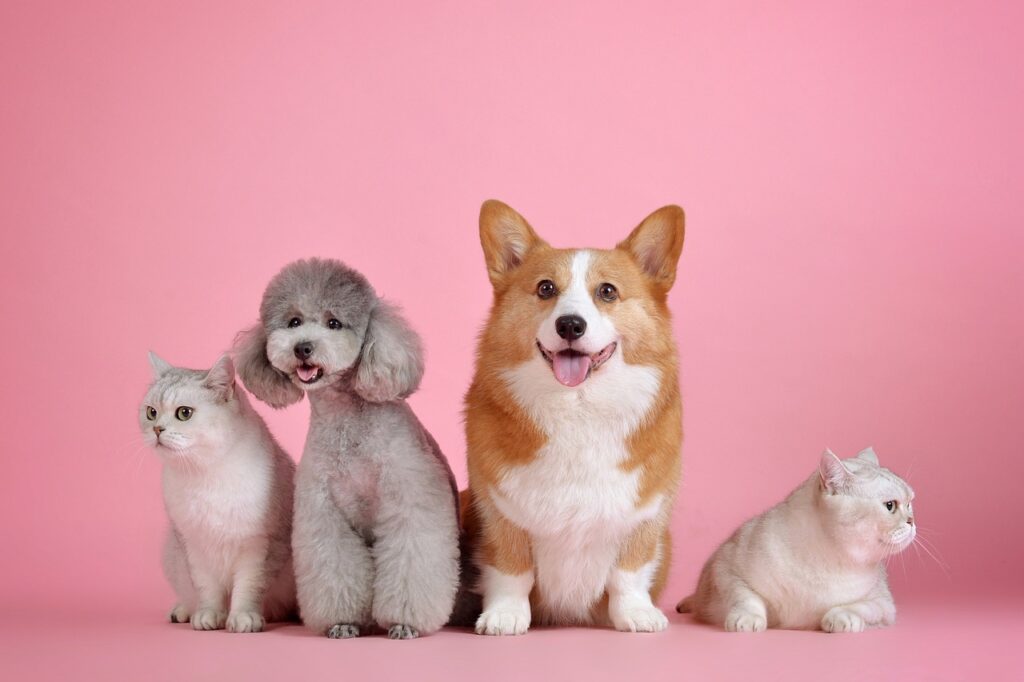
Health Issues
Polycystic kidney disease (PKD)
Polycystic kidney disease is a genetic health condition that can affect Persian cats. It is characterized by the development of fluid-filled cysts within the kidneys, which can lead to kidney dysfunction and failure over time. It is important to choose a reputable breeder who can provide health clearances for both the kitten’s parents to reduce the risk of acquiring a Persian cat with PKD.
Respiratory problems
Due to their flat faces and shortened muzzle, Persian cats are more prone to respiratory issues compared to other cat breeds. They may have difficulty breathing, especially in hot or humid weather. Care must be taken to ensure they have proper ventilation and are kept in a cool environment to avoid any respiratory distress.
Dental issues
Persian cats are known to be prone to dental issues such as periodontal disease and tooth decay. Regular dental care, including brushing their teeth with a cat-specific toothbrush and toothpaste, can help prevent the buildup of tartar and plaque. Additionally, providing them with appropriate dental treats or toys designed to promote oral health can also be beneficial.
Activity Level
Playfulness
Persian cats are generally known for their calm and laid-back nature. While they may not be as high-energy as some other cat breeds, they still enjoy playtime and interactive toys. Engaging them in short play sessions with toys that stimulate their hunting instincts, such as feather wands or puzzle toys, can help keep them entertained and mentally stimulated.
Exercise requirements
Given their moderate activity levels, Persian cats do not require intense exercise regimes. Regular playtime and access to toys or scratching posts can help keep them active and prevent obesity. However, it is important to ensure they have enough space to move around and stretch their legs comfortably to maintain their overall well-being.
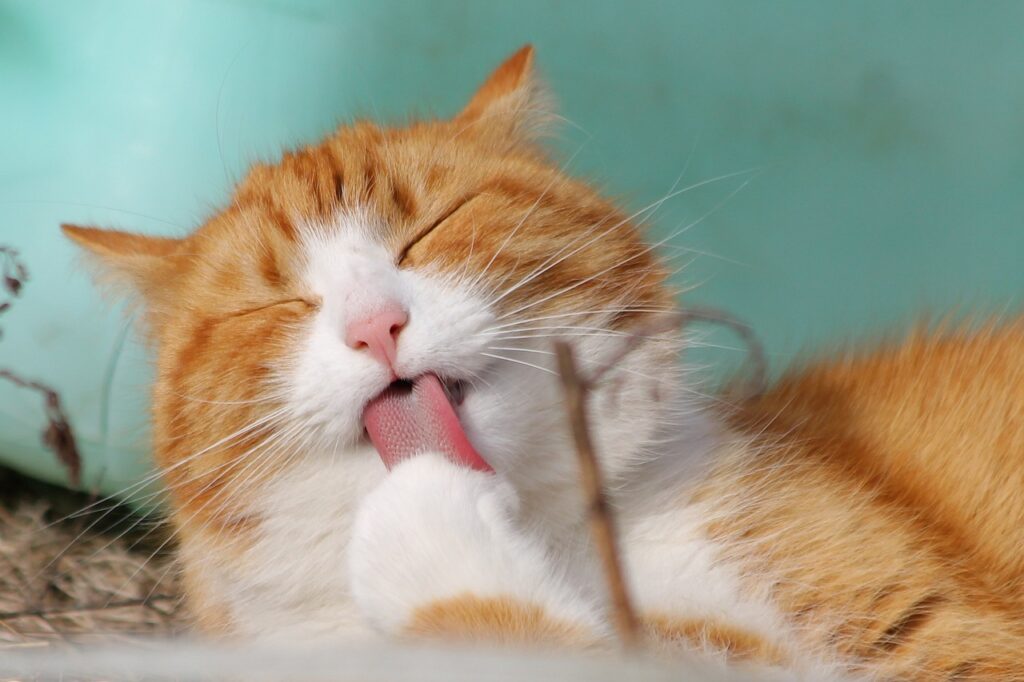
Temperament
Affectionate
Persian cats are renowned for their affectionate and loving nature. They are often described as gentle, sweet, and devoted companions. These cats enjoy being pampered and love to cuddle up with their owners. They thrive in a calm and peaceful environment where they can receive plenty of attention and affection from their human companions.
Independent
Despite their affectionate nature, Persian cats are also known for their independent streak. They appreciate having their own space and may seek alone time when they want it. Unlike dogs, Persian cats are more self-reliant and do not require constant attention and interaction. They can entertain themselves for periods of time and are generally content with their own company.
Adaptable
Persian cats are known to be adaptable and can adjust well to different living conditions. Whether you live in an apartment or a house, these cats can thrive as long as they have a comfortable and stimulating environment. Persian cats are generally not territorial, making them more likely to get along with other pets and adapt to new surroundings.
Living Conditions
Indoor vs outdoor
Persian cats are best suited to indoor living. Their luxurious coats are prone to matting, and exposing them to the elements can make it difficult for their owners to maintain their coat’s pristine condition. In addition, their flat faces can also make them more susceptible to respiratory issues when exposed to outdoor pollutants. Creating a safe and enriching indoor environment with plenty of toys, scratching posts, and cozy spots is essential for their well-being.
Apartment living vs house
Persian cats can adapt well to both apartment living and living in a house. Their moderate activity levels and calm temperaments make them suitable for smaller living spaces. However, it’s important to ensure they have enough vertical space and scratching posts to satisfy their natural instincts. Providing them with a designated area for litter boxes and feeding stations can help establish a sense of routine and comfort in any living situation.
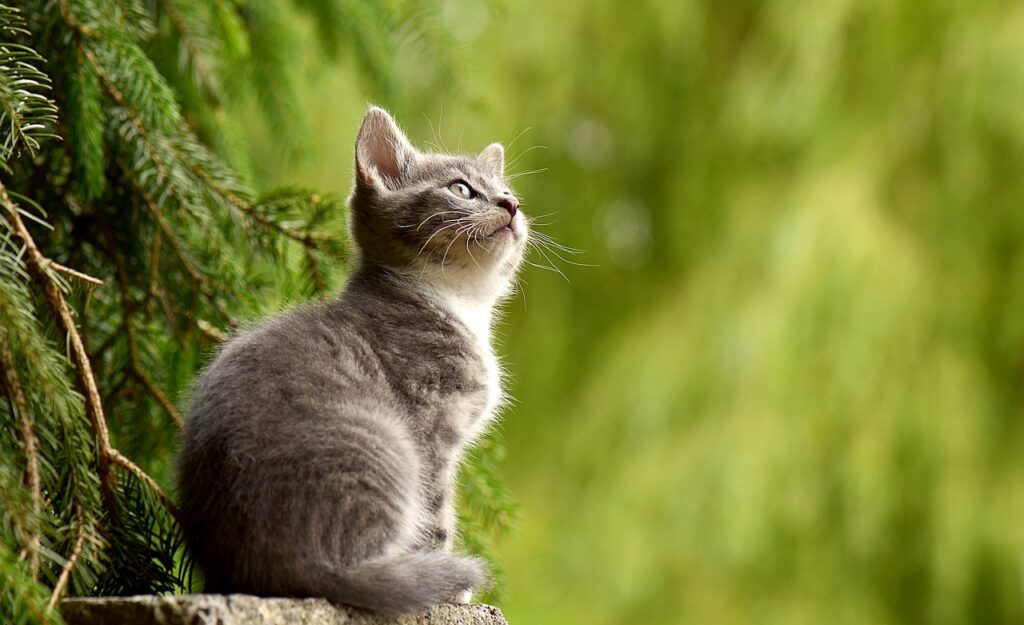
Color and Coat Varieties
Traditional Persians
Traditional Persians are known for their long, flowing coats and round faces. They come in a wide variety of colors and patterns, including solid colors like white, black, and blue, as well as tabbies, tortoiseshells, and color-point patterns. These cats have the classic Persian look and are highly sought after for their striking beauty.
Himalayans
Himalayans, also known as Colorpoint Persians, are a popular variety of Persian cats. They have the distinctive points of a Siamese cat, with color concentrated on their ears, face, paws, and tails. Himalayans are available in a range of colors, including seal, blue, lilac, chocolate, and more. These cats inherit the Persian’s luxurious coat combined with the captivating color points, creating a unique and stunning appearance.
Exotic Shorthairs
While not technically Persians, Exotic Shorthairs are often included within the Persian cat breed. These cats have the same round faces and stocky bodies as Persians but have a shorter, dense coat that requires less grooming. Exotic Shorthairs share the same color and pattern varieties as Persian cats, making them an attractive alternative for those who prefer a lower-maintenance coat.
Allergies
Low allergen breed
While no cat is truly hypoallergenic, Persian cats are often considered to be a low allergen breed. They produce fewer allergens compared to other cat breeds, making them a more suitable choice for individuals with mild allergies. However, it is always recommended for those with allergies to spend time with a Persian cat before making a commitment to ensure they do not experience any adverse reactions.
Dander control
Dander, which is made up of dead skin cells and saliva proteins, is the primary source of allergens for most people. Regular grooming and brushing of a Persian cat’s coat can help reduce the amount of loose dander in the environment. Keeping their living space clean, including vacuuming regularly and using air purifiers, can also aid in minimizing allergens and providing a more comfortable environment for allergy sufferers.
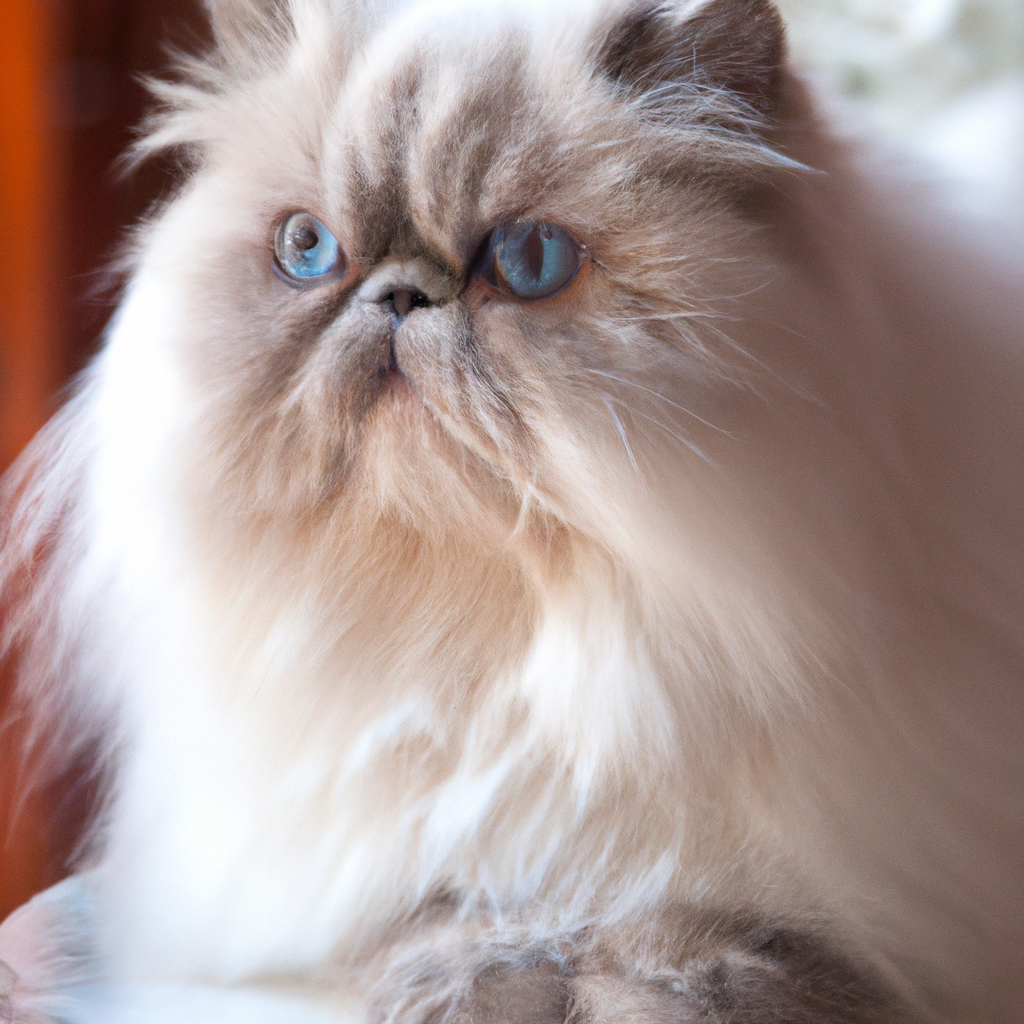
Cost and Availability
Breeder vs rescue
When considering getting a Persian cat, you have the option of adopting from a rescue organization or purchasing from a breeder. Rescue organizations often have Persian cats available for adoption at a lower cost, and you have the added benefit of providing a loving home to a cat in need. If you choose to purchase from a breeder, you can expect to pay a higher price, as reputable breeders take great care in breeding healthy and well-socialized kittens.
Price range
The price range for Persian cats can vary depending on factors such as pedigree, coat quality, and breeder reputation. On average, Persian kittens from reputable breeders can range from $500 to $1,500, with show-quality kittens being at the higher end of the spectrum. It is important to thoroughly research breeders and ensure they adhere to ethical breeding practices before making a purchase to ensure you are getting a healthy and well-cared-for kitten.
Research and References
Online resources
When considering getting a Persian cat, it is important to do your research and gather as much information as possible. There are numerous online resources available, such as breed websites, forums, and articles, that can provide valuable insights into the breed’s characteristics and requirements. Websites like The Cat Fanciers’ Association (CFA) and The International Cat Association (TICA) are reputable sources of information for Persian cat enthusiasts.
Breed clubs
Joining a breed club dedicated to Persian cats can be a great way to connect with experienced cat owners, breeders, and enthusiasts. These clubs often provide resources, educational materials, and support for Persian cat owners. They may also organize shows, events, and social gatherings where you can meet and learn from fellow Persian cat lovers.
Veterinarian recommendations
Choosing a reputable and experienced veterinarian is crucial to ensure the well-being and health of your Persian cat. It is recommended to seek recommendations from other Persian cat owners or breeders who have firsthand experience with reputable veterinarians. A trusted veterinarian can provide valuable guidance on nutrition, vaccinations, preventive care, and any specific health concerns associated with the Persian cat breed.
By considering the grooming needs, size and weight, health issues, activity level, temperament, living conditions, color and coat varieties, allergies, cost and availability, and conducting thorough research, you can make an informed decision when it comes to choosing the right Persian cat for you. These charming and affectionate felines can bring joy and companionship to your life for many years to come.
